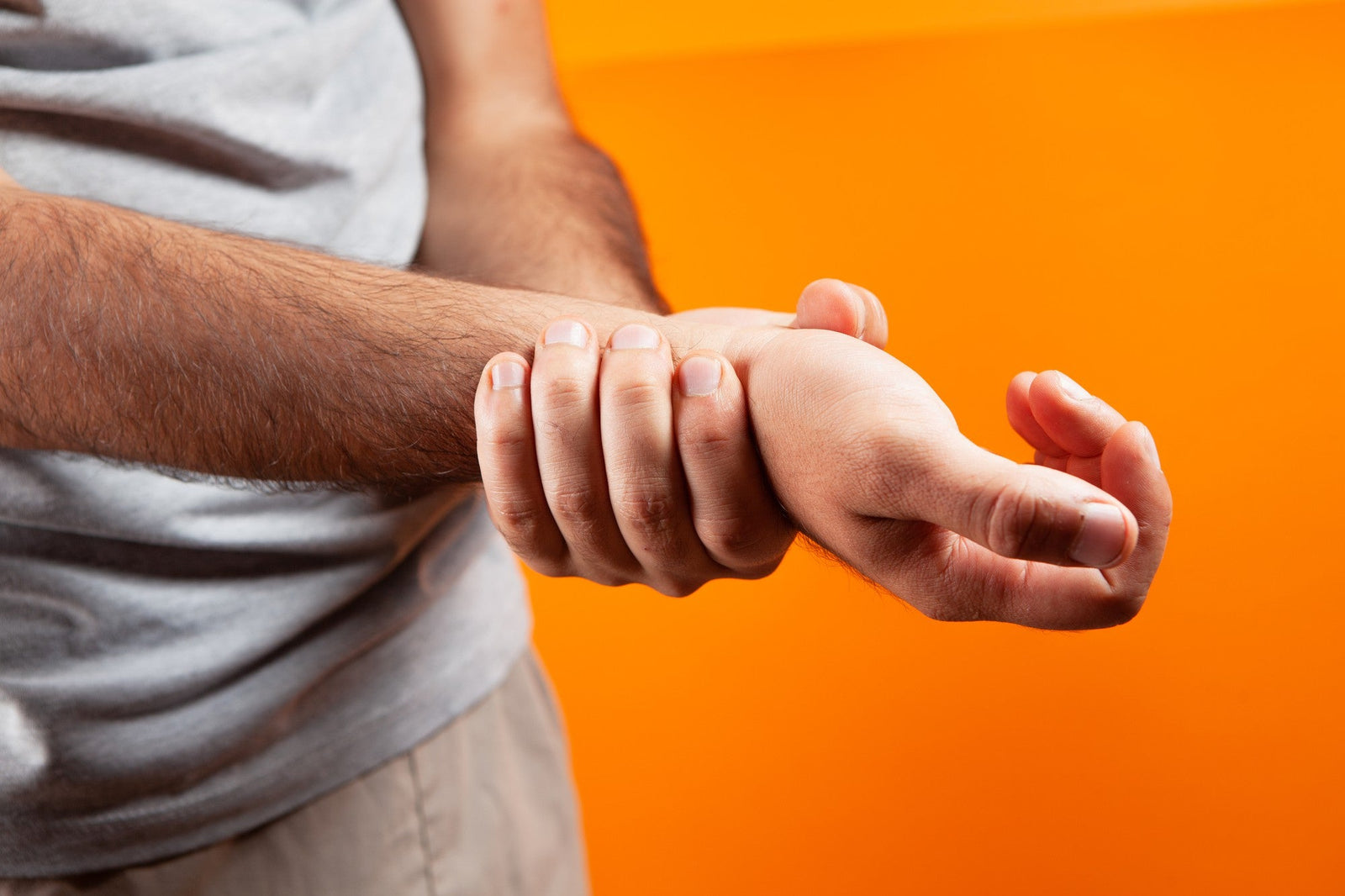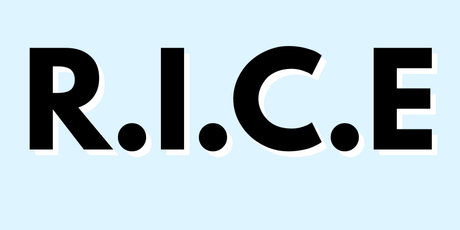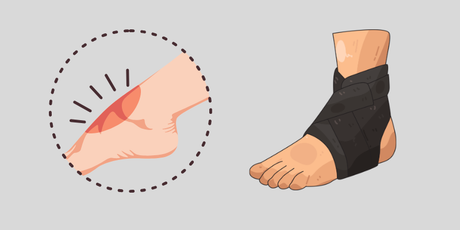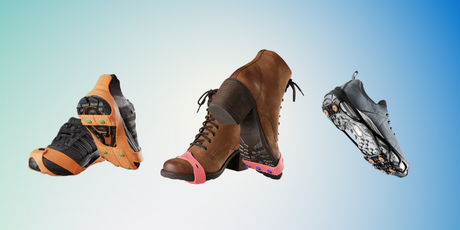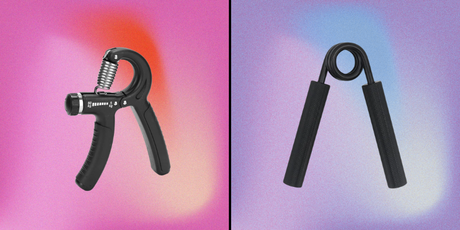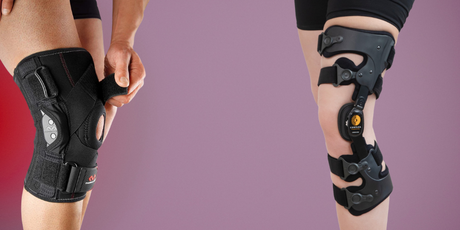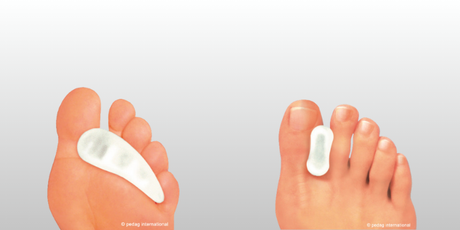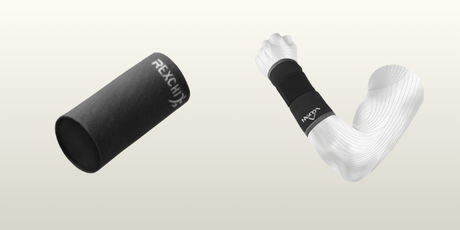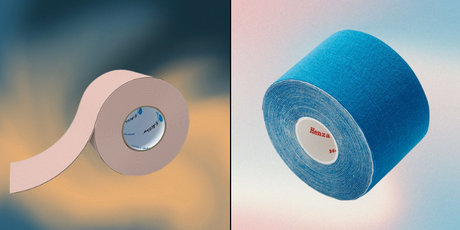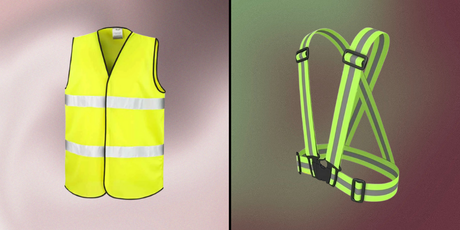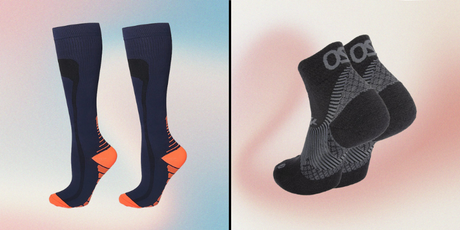A sprain or dislocation of the wrist can occur if the joint is suddenly and violently stressed. This can lead to damage to tendons, ligaments or muscles. A sprain can occur, for example, in a fall when you catch yourself with your arms outstretched. A sprain can also be caused by a violent blow to the wrist or an unnatural twist of the wrist.
What happens when the wrist is sprained is that the joints responsible for providing stability to the wrist are damaged. Symptoms of a sprained wrist may include swelling, pain in using the hand and moving the wrist, or instability of the wrist. Sometimes the wrist also becomes discoloured due to bleeding in the hand. It can be a strange feeling and many people feel completely incapacitated when their hands don't work properly.
EMERGENCY TREATMENT OF A SPRAINED WRIST
For the acute injury, it is important to minimise swelling and bleeding by applying pressure. Wrap the wrist tightly by extending the tourniquet as you wrap. However, it is important to remember not to wrap so tightly that you get numbness in your hand. Leave the pressure bandage on for about 15 minutes. Unwrap and repeat a few times. If you feel your fingers go numb, loosen the bandage immediately and rewrap it. For pain relief, you can cool the area with ice or other cold, but never use cold directly on the skin. Keeping your hand elevated above the heart can feel good and reduce the risk of swelling getting worse.
SHOULD YOU SEE A DOCTOR FOR A SPRAINED WRIST?
Most people who have a sprained wrist do not seek medical attention. However, if you have the following symptoms after a few days, you should see a doctor. 1. If you are in a lot of pain and the pain does not subside. 2. If swelling persists in the wrist despite wearing a wrist guard or proper wrapping. 3. If you have discolouration or redness of the skin that may indicate that you have an infection.
REHABILITATION OF A SPRAINED WRIST?
After the acute phase, it is important to get back to work as soon as possible without putting pressure on the wrist. Preferably even on the day of the injury or after a few days. Movement training is then the next step in rehabilitation, and can be started after one or two days. An exercise programme can be developed with a physiotherapist to avoid overloading the hand during the rehabilitation phase. If you have recurrent sprains of the wrist, an assessment should be made and a more comprehensive rehabilitation programme developed.
SHOULD YOU USE A WRIST GUARD WHEN YOU HAVE A SPRAINED WRIST?
It is a good idea to use a wrist support or wrist guard on your sprained wrist. This is to provide support and stability in everyday life or during exercise. The wrist support also contributes to pain relief as it helps the wrist to stay in the right position. It also prevents further injuries and gives you the right relief. Simply put, it gives you the support you need and makes you feel more confident when exercising.
The correct and stable fit of the wrist support is important for healing. A good wrist support can be individually adjusted and customised to provide the best possible support and function while the sprain heals. The support should be comfortable to wear, stable and prevent the wrist from bending. The effect of a wrist brace for a sprained wrist is to provide some necessary mobility without putting pressure on the injured area. This prevents pain and overexertion.
A good wrist support should also not slide back and forth, so it is important that the size is right and fits your wrist.
→ Check out our collection of wrist supports & braces and find which options suit you the best.
CAN YOU USE A WRIST GUARD FOR REASONS OTHER THAN A SPRAINED WRIST?
Yes, a wrist support can be used for preventive purposes, especially if you have a previous injury. Repeated damage to a ligament can cause it to become permanently stretched, making the wrist feel unstable. This puts you at risk of further injury. So, even if you don't have much pain, you may feel weak and unstable in your wrist, which is why wrist guards are useful.
